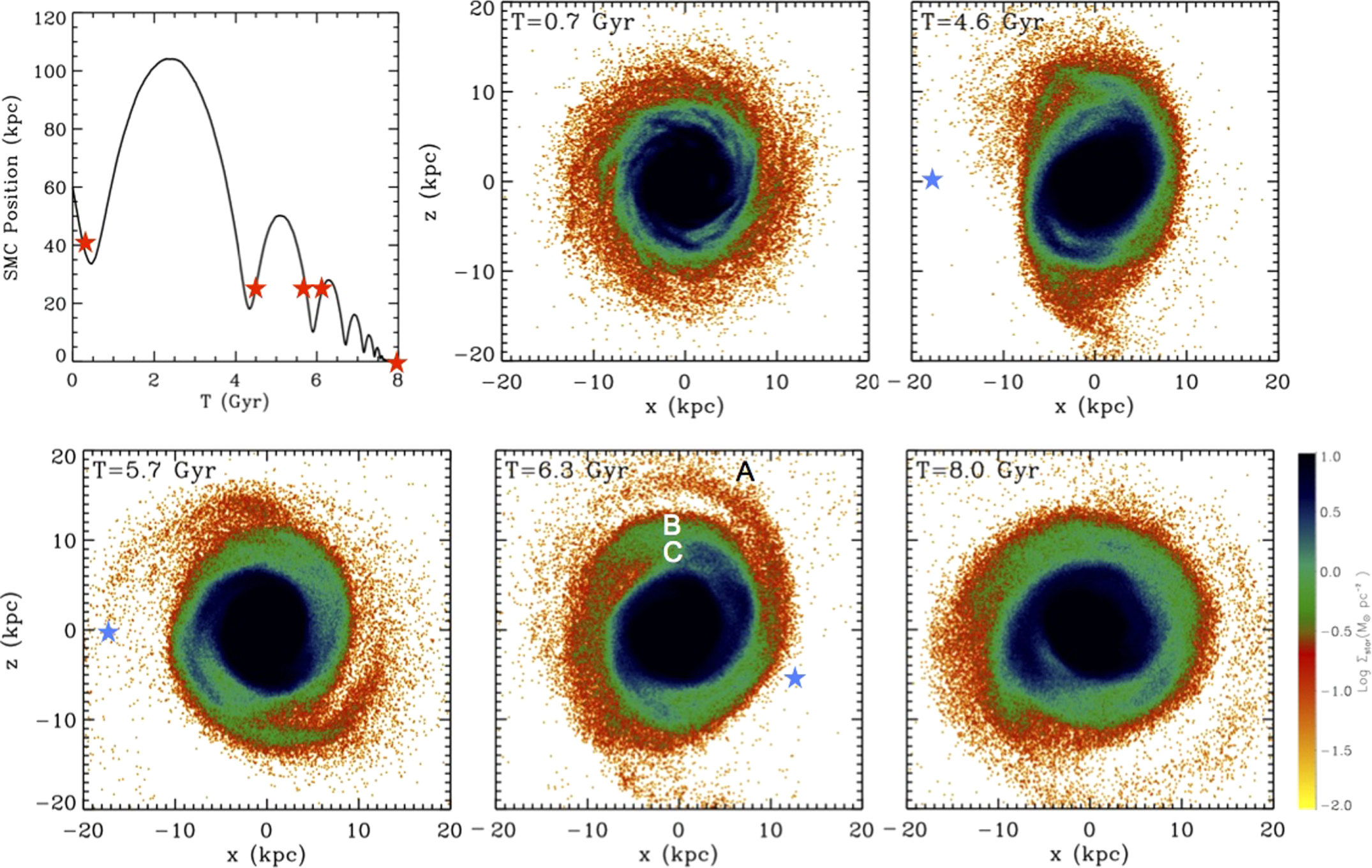State-of-the-art cosmological simulations of structure formation with high mass resolution provide a new tool for probing the clustering properties of low mass dark matter halos. Such simulations can be used to identify an analogous sample of dwarf subhalos to complement our observational program. With full 6D phase space information for a sample of dwarf subhalo pairs we can ask questions like: how well can ΛCDM theory reproduce the observed pair fraction of low mass galaxies at low redshift? What are the typical orbital parameters and mass ratios of dwarf pairs? What kind of environments are pairs of dwarfs typically found? How common are classic examples of dwarf binaries, such as the Magellanic Clouds? How common are triples or larger groups?
We will utilize the dark matter (DM) only version of Illustris to identify our dwarf subhalos and investigate these questions.
